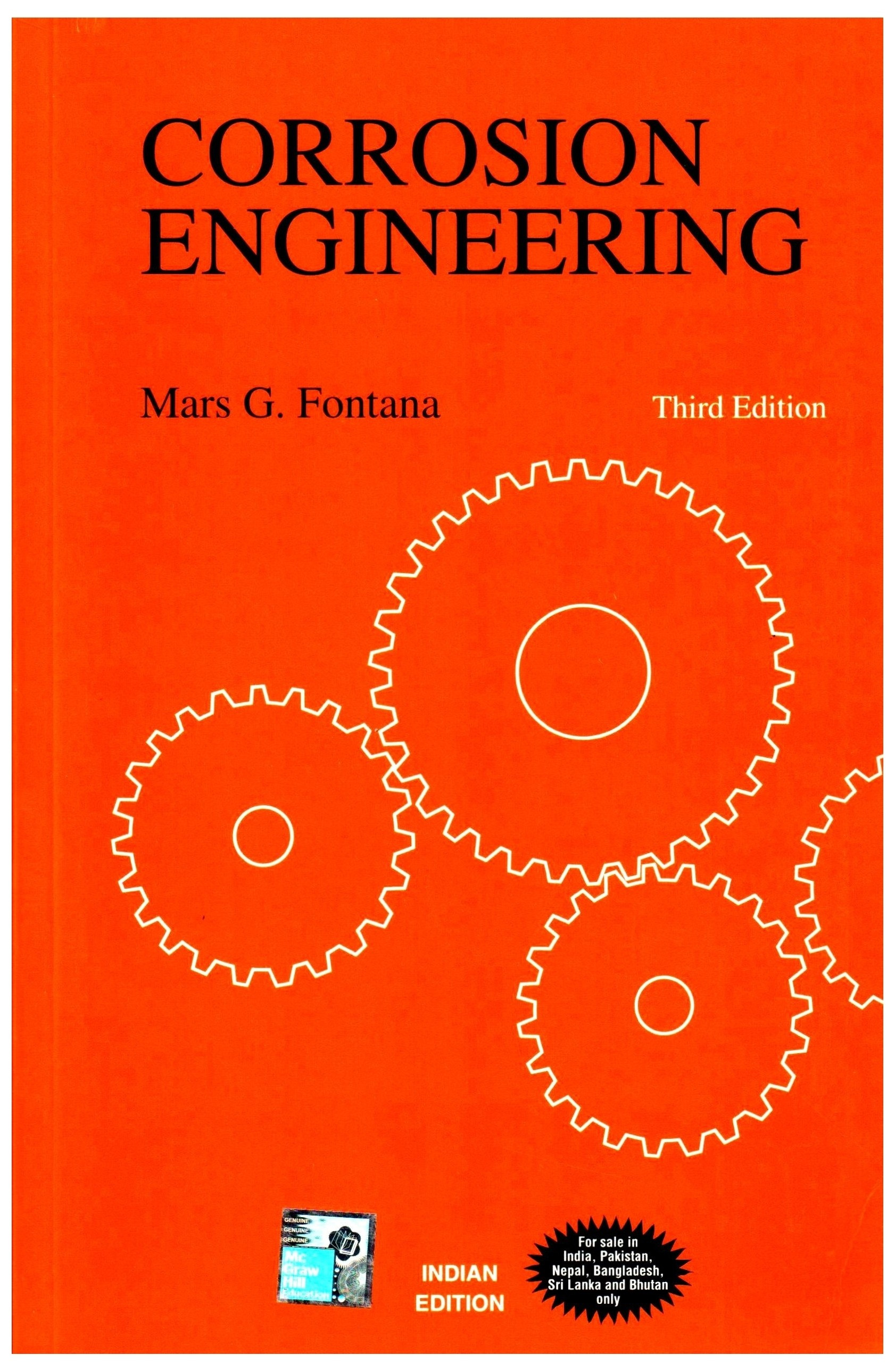Chemical Reactor Design: Principles and Optimization Techniques
Introduction:
Chemical reactors play a crucial role in various industries, facilitating the conversion of raw materials into valuable products through chemical reactions. Effective reactor design is essential to ensure optimal reaction efficiency, product quality, and safety. In this article, we will explore the principles of chemical reactor design and discuss key optimization techniques used in the field of chemical engineering.
1. Fundamentals of Chemical Reactor Design:
Furthermore, reaction kinetics plays a crucial role in chemical reactor design. It involves studying the rate at which reactants are converted into products and understanding the underlying mechanisms. Reaction kinetics can be experimentally determined or estimated using mathematical models. By considering reaction kinetics, engineers can determine reaction rates, conversion levels, and product selectivity, enabling them to design reactors that meet specific process requirements.
2. Reactor Sizing and Residence Time:
Residence time represents the average time a reactant spends inside the reactor. It is a critical parameter that influences the conversion level, product quality, and reaction selectivity. A longer residence time allows for more extensive reaction completion, but it may also increase unwanted side reactions or cause reactor fouling. Determining the optimal residence time involves balancing the desired conversion with other factors such as reactor size, reaction rates, and heat transfer limitations.
3. Optimization Techniques for Chemical Reactors:
Temperature and Pressure Optimization: Adjusting temperature and pressure conditions can significantly impact reaction rates, equilibrium conversion, and product selectivity. Optimal operating conditions can be determined through experimental studies and mathematical modeling. For exothermic reactions, proper heat management and cooling mechanisms must be implemented to maintain temperature control and prevent unwanted side reactions.
Catalyst Selection and Optimization: Catalysts play a vital role in many reactions by increasing reaction rates and facilitating desired product formation. Proper catalyst selection, along with optimization of catalyst loading and particle size, can enhance reactor performance. Catalyst deactivation and regeneration strategies should also be considered to maintain catalyst activity over an extended period.
Reactant and Catalyst Mixing Optimization: Efficient mixing of reactants and catalysts promotes uniform distribution and maximizes reaction rates. The choice of impellers, baffles, or other mixing devices depends on the specific reaction and reactor type. Optimization of mixing parameters such as agitation speed, impeller design, and baffling arrangements can lead to improved mass transfer and enhanced reactor performance.
Reactant Feed and Flow Optimization: Proper control of reactant feed rates and flow patterns is critical for maintaining optimal reactor performance. Designing appropriate feed systems, including feed concentration profiles and feed locations, can improve reactant distribution and minimize undesired reactions,such as hot spots or channeling. Additionally, understanding the flow behavior within the reactor, such as laminar or turbulent flow, is essential for optimizing mixing and reaction kinetics.
Reactor Configuration Optimization: The choice of reactor configuration depends on the specific reaction and desired outcome. Design parameters such as reactor geometry, flow patterns, and mixing mechanisms can be optimized to improve reactant distribution, heat transfer, and reaction kinetics. Computational fluid dynamics (CFD) simulations can provide insights into flow patterns and aid in reactor design optimization.
4. Safety Considerations in Reactor Design:
Temperature and Pressure Control: Proper temperature and pressure control are crucial to ensure safe reactor operation. Implementing appropriate instrumentation and safety systems, such as pressure relief valves and temperature sensors, can help maintain safe operating conditions.
Process Safety Management (PSM): Adhering to process safety management standards is essential in designing and operating chemical reactors. This includes conducting process hazard analyses, implementing safety protocols, training personnel, and establishing emergency response plans.
Material Selection and Compatibility: Selecting materials of construction that are compatible with the reactants, products, and operating conditions is critical to prevent leaks, corrosion, or other material-related incidents. Consideration should be given to factors such as chemical compatibility, temperature resistance, and mechanical strength.
Conclusion:
Remember to adapt and expand upon the content based on your specific knowledge, research, and target audience. Additionally, incorporate relevant images, diagrams, or case studies to enhance the visual appeal and educational value of the blog post.



















